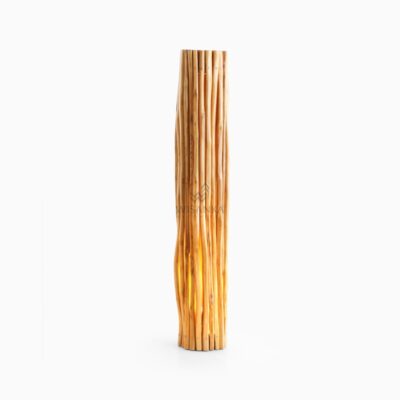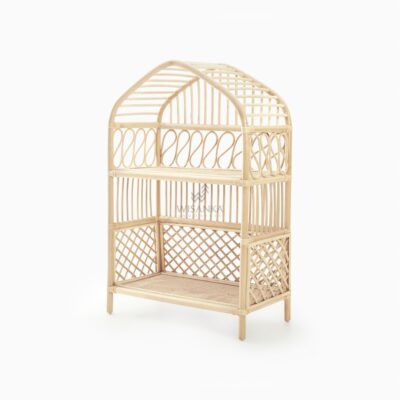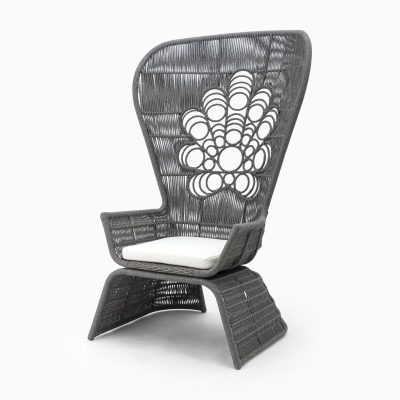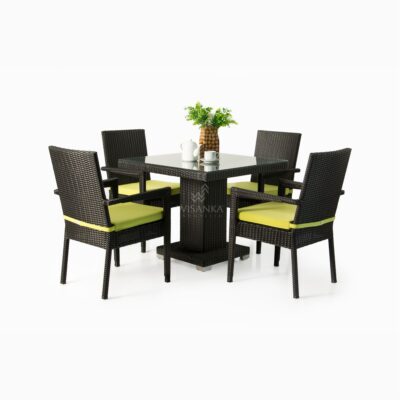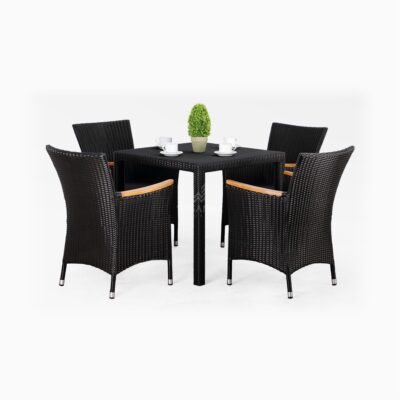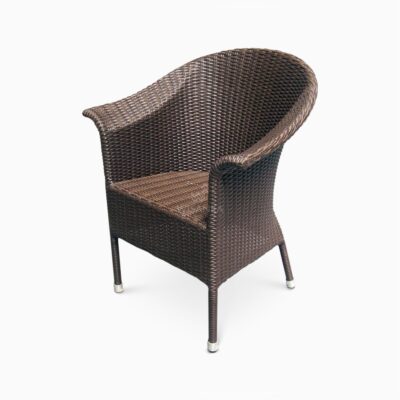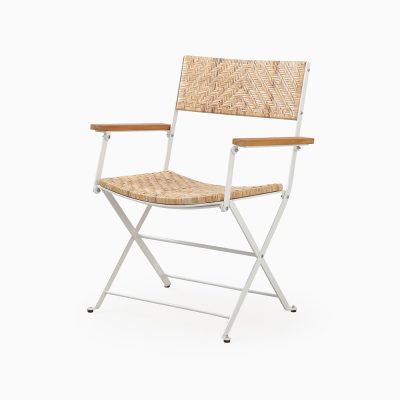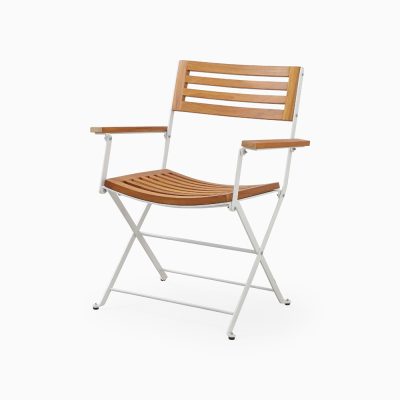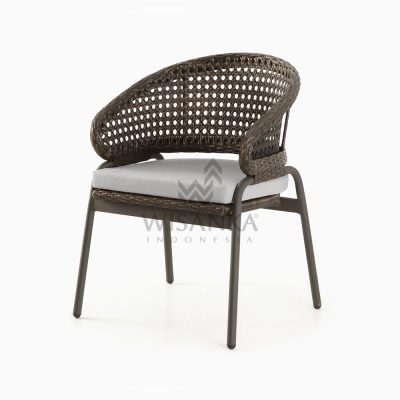There are a lot of choices to buying furniture as an expat in Singapore. Apart from the usual modern furniture, you can buy ready-made or custom-made rattan and oriental furniture.
If you decide to buy Oriental furniture, be aware that their size and design may not be suitable once you are repatriating. A nice antique Chinese bed is not only difficult to transport but may look awkward in your living room at home in London, as nothing else will fit in! Besides, this furniture is creating for use in a different climate and may shrink, expand and crack. Also, before shipping back your furniture you should have it fumigated!
Antiques and Reproductions
Before you start, you need to decide if you want to decorate your home, take back some memories or seriously collect specific items as an investment into the future. The term antique is using for a variety of items offered and you need to inform yourself first about the host and home countries’ regulations and custom requirements such as import and export restrictions on religious artifacts (e.g. Buddha statues).
- Educate yourself before you buying furniture.
- Keep detailed receipts of each item, and take photos.
- Buy quality, not quantity.
- Envisage each item in your home country environment and be realistic about size, durability and looks.
- Insure expensive new purchases.
Custom-Made Furniture
To avoid confusion and disappointment, provide a sample or a photograph and specify your requirements in writing:
- Correct dimensions/measurements.
- Type of material to be used.
- frame/material used.
- Type of finish and color.
Foam to be used for padding and cushions.
- Springs to be used (box springs are recommended).
- Fabric of the cushion cover.
- Cording.
- Time of delivery.
- Price, incl. taxes and other costs involved.
- Deposits you made.
- Extra requirements like kiln-dried wood, fumigated etc.
- The support structure should be made of hardwood frames.
- Screws should be used instead of nails or staples.
- Cuts must be concealed.
- Wicker used should be evenly woven and have close fitting joints.
- Cushions should be made out of high-density foam.
Oriental Furniture
There are many different types depending on the country of origin, style or material used. Furniture made in India or Indonesia is often produced in small villages and come with a native touch rather than being in an immaculate condition, which is very exotic. Chinese furniture come in rosewood, camphor, lacquer, coromandel, teak, Elmwood and many other woods and may be antique, a reproduction or modern. Custom-made furniture should be seasoned or kiln-dried to avoid shrinking in a dry environment. To allow the wood to expand furniture should be produced with tongue-and groove- floating panels.
Teak Furniture
The Latin name for Teak is Tectona grandis, which is offering all over Southeast Asia. Teak is an extremely dense, coarse-grained hardwood, which is well known for its durability and resistance to water, the woodworm and many chemical agents. Today, there are teakwood plantations catering to the furniture industry.
When purchasing Teak furniture
- Buy 100% solid teak. (Not Shorea wood or a combination of both woods.)
- Teak made from dry kiln and not green lumber.
- Teak plantation grown. Ask for certification.
- Thick pieces of wood used make the product solid and durable.
- Oil finishes will darken the products.
- Plain furniture lightens into a silver gray when left outdoors.
Oriental Carpets
- Before you buying furniture with any Turkish, Persian, Chinese, Pakistani, Indian or any other carpets check your own countries customs regulations as there may be restrictions on importing them back home.
- Join a class teaching you how to buy a genuine oriental carpet (sometimes offered by dealers.)
- Buy at a reputable dealer and insist on a certification with origin, description, price, date and place of purchase even when you pay cash and keep the receipts at a safe place.
- Try out your carpet at home before purchase and make yourself familiar with the return policy of the dealer.
- Before you bid at a carpet auction, learn the trade!
- Buy pads or rubberized mats (Ikea) together with your carpets to prevent slipping on marble, tile and wooden floors.
- Ask your dealer how to care for your carpet.
- Inquire about after-sales services like cleaning and repair.
Beds and Mattresses
Sizes of beds and mattresses are different form those in Europe, Australia and the US, that may imply difficulties buying suitable bed sheets when in Asia or back home. Some shops offer imported brand name beds in standard lengths but oversized beds are difficult to find. Southeast Asian beds are usually shorter and sometimes narrower. Sometimes mattresses in US sizes can be order for an additional charge. Never buy bed sheets or linen unless you have measured your bed before.
Electrical Appliances/Computers/Accessories
- Consider renting, rather than buying, new electrical appliances.
- Go price shopping and bargain.
- Items with local warranties are less expensive and will do if you do not want to take the item back home.
- International warranties are granting brand names.
- See if repair center lists provided with the product include your home country.
- Have your warranties stamping the dealer.
- Prices vary according to their origin.
- Check about the latest models before buying, as shops like to sell older models first.
- Desktop and notebooks need to have dual voltage power supply (110-220 V).
- All items ideally should have a voltage switch for use in other countries.
- Make sure prices stated include delivery and installation, if necessary.
- Insist on delivery time stated on the receipt.
- Include purchased item into your insurance on return!
Buying Furniture Collection for Your Home Appliance
-
 Teak Branch Floor Lamp – Natural
Teak Branch Floor Lamp – Natural -
 Julian Kids Display Rack
Julian Kids Display Rack -
 Peacock Rope Outdoor Chair
Peacock Rope Outdoor Chair -
 Adrian Dining Set – Garden Table and Chair
Adrian Dining Set – Garden Table and Chair -
 Nova Dining Set – Rattan Outdoor 4 Seater Dining Set
Nova Dining Set – Rattan Outdoor 4 Seater Dining Set -
 Subang Chair – Outdoor Rattan Chair
Subang Chair – Outdoor Rattan Chair -
 Gusto Folding Chair – Natural Rattan Folding Chair
Gusto Folding Chair – Natural Rattan Folding Chair -
 Esto Folding Chair – Outdoor Wooden Folding Chair
Esto Folding Chair – Outdoor Wooden Folding Chair -
 Kent Chair – Small Outdoor Chair
Kent Chair – Small Outdoor Chair

